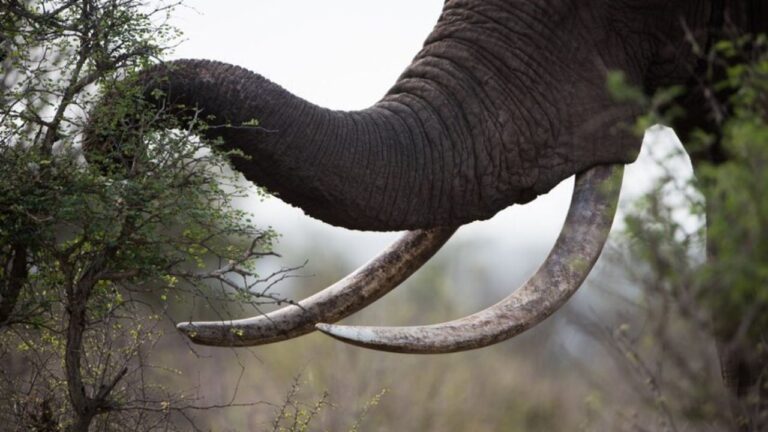Elephants Butt, the majestic giants of the animal kingdom, have fascinated humans for centuries with their impressive size, intelligence, and social behaviors. While much attention is often given to their trunks, tusks, and ears, there is another part of their anatomy that plays a crucial role in their survival and overall well-being—their butt. This exploration dives deep into the significance of elephant buttocks, examining their functions, how they contribute to the animal’s health, and their role in elephant behavior.
The Anatomy of an Elephant’s Butt
Structure and Musculature
Elephant Butt are composed of powerful muscles that support their hefty bodies. These muscles are essential for their movement, enabling them to walk, run, and even swim. The gluteal muscles, particularly the gluteus maximus, are well-developed, allowing elephants to carry their substantial weight and maintain balance.
Fat Storage
Elephants Butt store fat in their buttocks, which serves as an energy reserve during periods of food scarcity. This fat storage is crucial for their survival, especially in the wild where food availability can be unpredictable. The fat also provides insulation, helping elephants regulate their body temperature in various climates.
Behavioral Significance
Social Interactions
Elephant butts play a role in their social interactions. For instance, elephants often use their tails to communicate with one another. A gentle tail touch can be a sign of affection or reassurance, while a more forceful swat may be used to assert dominance or ward off pests. The positioning and movement of their buttocks during these interactions can convey subtle social cues.
Mating Rituals
During mating season, an elephant’s buttocks become particularly notable. Female elephants in estrus release pheromones that signal their reproductive readiness. Males often follow behind females, closely observing their buttocks to pick up on these chemical signals. The size and shape of an elephant’s buttocks can also indicate health and fertility, influencing mate selection.
Health Indicators
Weight and Condition
The condition of an elephant’s buttocks can be a good indicator of its overall health. Well-rounded and firm buttocks suggest that the elephant is well-nourished and in good health. Conversely, sunken or poorly muscled buttocks can indicate malnutrition, illness, or advanced age.
Disease Detection
Veterinarians and wildlife researchers often examine the hindquarters of elephants to detect signs of disease. Swelling, lesions, or unusual discharge in the area can be early indicators of medical issues that require attention.
Conclusion
Elephant Butt are integral to their anatomy and behavior. From supporting their massive frames and storing vital fat reserves to playing a role in social signaling and health monitoring, elephant buttocks are fascinating and multifaceted. By understanding these aspects, we gain a deeper appreciation for these incredible creatures and the complexities of their lives.
